PONTA DELGADA
(CITY)
37°44′28″N 25°40′50″W
The city of Ponta Delgada, the capital of São Miguel Island and headquarters of the Municipality of Ponta Delgada, is made up of four parishes: Santa Clara, São José, São Sebastião and SãoPedro, constituting the Urban zone of the municipality.
Church of the Jesuit College
37°44′37″N 25°40′11.62″W
The Church of the Jesuit College (Portuguese: Igreja do Colégio dos Jesuítas de Ponta Delgada), is a church in the municipality of Ponta Delgada, in the civil parish of São Sebastião, part of the historic center. It was also known as the Church of All Saints (Portuguese: Igreja de Todos-os-Santos) when the early settlers constructed the temple on the island.
History
The first record associated with the College Church came from a deed on 26 November 1568 by João Lopes, who willed a 20-year allotment of 30 móios of wheat to the Company of Jesus until a college was founded. A similar proposal was made by the College of São Lourenço in Porto, and later Grégorio Afonso provided one moio of wheat in his testament of 23 March 1572. The first Jesuits arrived in Angra do Heroísmo on 1 July 1570, two priests then traveled to São Miguel between August and September of the same year.
Architecture
The church is situated in the Largo Marquês do Pombal (commonly referred to as the Largo do Colégio), on the northside of Rua Dr. Aristedes Moreira da Mota, east of Antero Quental Garden (Portuguese: Jardim Antero de Quental), less than 0.5 kilometers north of the historical centre of Ponta Delgada, in the parish of São Sebastião. Composed of a rectangular longitudinal nave, with narrow chapels, transept and chancel, articulated volumes, and covered in tiled roof, the church's façades are plastered and painted white, covered by protruding masonry foundation, and topped with friezes and cornices.
Exterior
The main façade, oriented to the south, is a symmetric design that includes two incomplete clock towers (only the right tower is completed in the comparable architectural design) all at about the same height, divided by wide, decorated broad, padded Tuscan pilasters. The façade of a three-story block divided into five segments by iconic pilasters and cornices, with windows and doors. The main tripartite body (space around the doors), is divided into three panels, all of equal height with rounded windows surmounting a series of rounded porthole-like windows, square windowed balconies and three portals (the main entrance being the largest). All the openings are embellished with decorative elements like shells, cartouches, and garlands, including the main doors flanked by six plain-shaft columns with decorative iconic capitals. On the frieze and cornice on top of this body are three thermal windows (rounded, central, and two lateral, narrow frames) divided by pilasters adorned with interlocking elements. The phytomorphic frame is decorated in vegetal elements. The two bell-tower columns have a large rounded, grated window at their base, followed by a square veranda surmounted by a smaller elliptical window. While the right-side bell tower is crowned by a domed belfry with cornices and a parapet with balusters.
Interior
The nave is completed in vaulted stone, framed in wood and metal rods. The choir, which connects to the bell tower, is supported by two decorated columns with balusters, while the sub-choir is covered by panels of azulejo with painted themes that include Indians, boats and animals.
There are four chapels, dedicated to the four evangelical saints, two of minor dimensions (probably the older confessionals), and two on the side of the epistle. Both series of chapels had rounded niches, with Tuscan pilasters, with the last two covered in gold-leaf retables. Likewise, they are surmounted by three rectangular tribunas guarded by wooden balusters. On the epistle side, the pulpit, of turned, square wood balusters, is accessible from a wooden door and is covered in a decorated canopy.
The tops of the nave are truncated by two side altars with rounded arches, surmounted by two frames in low relief hiding spaces for shrines, and two tribunes protected by a lattice (coated with a profuse amount of decoration carved in acanthus). Over the rounded, triumphal arch is a medallion with a representation of the Virgin. The chancel, which is deep and quite high, is covered by a false barrel vault with six carved coffers, forming a rosetta, while the side walls are covered by woodwork and azulejos depicting two scenes: the "Transportation of the bunch of grapes from the Promised Land" (Gospel) and "fall of Manna and harvesting by Moses" (Epistle); these scenes are separated by two doors. The altar, surmounted by a concave vault, is defined by four twisted columns decorated by acanthus, and in the center, a perfect round podium adorned with carved acanthus. The set is topped by bulbous canopy, that allows the hanging of drapery between the proscenium arch, supported by angels and cherubs. Along the lateral axes of the tabernacle are awnings and drapes in semi-circular pediments, adorned with acanthus and feathers. Laterally, along the church, are corridors united at the chancel. The vestry walls are covered by azulejos.
Convent
Accessible from on the left side of the church, it is a very uncharacteristic design, built on two floors in a simple frame (a lower sill and upper balcony). The entrance is flanked by two rectangular windows in a simple frame, surmounted by a porch, and protected by two Tuscan columns on rectangular plinths, supporting diamond-shaped pillows and corbels. The convent, which is not accessible, actually includes several buildings and annexes occupied by the offices of the Regional Government of the Azores, and the Library and Archive of Ponta Delgada.
Sacred Art Circuit
The Sacred Art circuit focuses on the old College Church, where the lush façade, the resplendence of the altarpiece of the main altar, as well as the collection of 17th century tiles are assumed as a whole, in a unique monument of Baroque style. To this is added a gallery with a diversified collection where pieces from the 16th century stand out, as well as a valuable collection of works with a religious theme.
The Collection of Sacred Art is gathered in the Jesuit College Church of Ponta Delgada, a monumental example of religious architecture, inserted in the Baroque Circuit.
The gallery includes important pieces of Portuguese Art, such as a set of six 16th century paintings: “Santa Margarida and Santa Apolónia” and “Santa Catarina and Santa Bárbara”, made between 1510 and 1520, by the artists of the School of Coimbra, Vicente Gil and his son Manuel Vicente and also four paintings entitled “Martyrdom Saints of Lisbon - Annunciation of Martyrdom, Arrival in Lisbon, Flagellation and Death by Dragging” carried out around 1530 by Garcia Fernandes.
The Sacred Art collection of the Museum also includes several sacred figures of Christianity, where the Good Shepherd stands out, representing one of the iconographic motives of greater projection and interest, which reflects the fusion of cultures between the West and the East.
On display in the nave and sacristy are paintings and sculptures from the 17th and 18th centuries, with emphasis on the Coronation of the Virgin, by Vasco Pereira Lusitano (1535 - 1609), painted in Seville in 1604, and paintings that represent steps of the life of Saint Francis Xavier, attributed to Bento Coelho da Silveira (1620-1708).
😍😍😍😍😍😍
😍😍😍😍😍😍
Mother Church of São Sebastião
37°44′24.49″N 25°40′05.49″W
The Igreja Matriz de São Sebastião is located in the parish of São Sebastião, in the city and municipality of Ponta Delgada, on the island of São Miguel, in the Azores.
History
Its construction dates back to a hermitage invoking Saint Sebastian, patron saint of the city, built after a great plague that ravaged it, as mentioned by chronicler Gaspar Frutuoso in Saudades da Terra.
Work on the current temple took place between 1531 and 1547, having received assistance from kings D. João III and D. Sebastião, dating from this period the magnificent Manueline-style shutters that have come down to us. The doors on the side elevations, in Baroque style, are made of island basalt.
Features
Over the centuries, the building underwent profound transformations as a whole, typical of the Gothic style in Portugal, with Manueline and, later, Baroque details. In the 16th century, the bell tower stood at the northeast angle. In the first half of the 18th century, the temple was the subject of an extensive construction campaign.
The main altar was entirely made of gilded carvings, with very rich tiles on it.
The current clock in the tower was donated at the end of the 19th century by António Joaquim Nunes da Silva.
Until relatively few years ago, there were two choirs next to the pulpits, in the naves, one of them with the organ where Father Joaquim Silvestre Serrão played.
Among the chapels, the highlight is Nossa Senhora do Rosário, where Father António Vieira established devotion to the Rosary in Ponta Delgada.
😍😍😍😍😍😍
😍😍😍😍😍😍
Senhor Santo Cristo dos Milagres
(Lord Holy Christ of the Miracles)
37.738112, -25.673140
The Cult of the Lord Holy Christ of the Miracles (Portuguese: Culto do Senhor Santo Cristo dos Milagres), popularly known as Senhor Santo Cristo or Santo Cristo dos Milagres is a religious veneration associated with an image of Jesus Christ, depicted in the events of the New Testament (presented in Luke 23:1-25). The wooden image of Christ, by unknown artist, in a Renaissance-style representation of the Ecce Homo, represents the episode of Jesus of Nazareth's life when the martyred religious figure was presented to the crowd following his whipping, and includes a crown of thorns, uncovered torso and bruised/beaten body. Narrated in the New Testament, the artist represented in grande artistic style the contrast between violence on the body and the serenity of the expression, emphasized by the gaze from the image.
Normally, this statue and piece of art is on display in the Sanctuary of the Lord Holy Christ, in the Convent of Our Lady of Hope (in Ponta Delgada, on the island of São Miguel in the Azores), but annually leads a procession through the streets of the city. The festivals in honour of the Lord Holy Christ of the Miracles occur on the fifth Sunday after Easter, the day on which a great procession winds the streets of the provincial capital, and terminating on the Thursday of Ascension. These events are the most and oldest religious devotions still carried out in Portugal, with the popular feasts at the Sanctuary of the Sovereign Mother, in Loulé, and the 20th century celebrations in honour of Our Lady of Fátima having comparable interest. Annually, the celebrations in Ponta Delgada attract thousands of Azoreans, Luso-descendants and peoples from the various islands of the archipelago to São Miguel.
History
The foundations of this cult began in the formation of the Convent of Caloura, which was established by the two daughters of Jorge da Mota, a resident of Vila Franca do Campo, whom had sheltered in the small Vale de Cabaços. Documentation attributes Pope Paul III (1534-1549) with the gift of the image to the religious curia whom visited Rome in order to obtain a pontifical bull to authorize the foundation of the first convent on the island of São Miguel. Yet, similar documents suggest the gift of the image of Christ was attributed to his predecessor, Pope Clement VII (1523-1534). Regardless, the image was placed in a niche, where it was maintained for a few years.
Owing to the Convent of Caloura's position over a clifftop by the sea, it was susceptible to attacks by pirates and corsairs, then abundant in the waters of the archipelago at the time. Consequently, many of the sisters moved to the newer convents that became constituted in areas with more protection, including the Convent of Saint Andrew (in Vila Franca do Campo) and the Convent of Our Lady of Hope (in Ponta Delgada).It was in the latter that Mother Inês de Santa Iria, a nun originating from Galicia, moved with the image of the "Ecce Homo" in 1541, where it remained. The Convent was founded by Rui Gonçalves da Câmara and his wife Filipa Coutinho, who had stayed with a group of the sisters in Vale de Cabeças after the 1522 Vila Franca earthquake.
The devotion to the image and what it represented began in the 17th and 18th centuries, following the principles adopted by the Catholic Church, following the Council of Trent, in the defense of the cult and veneration of images, following the Protestant Reformation. The veneration of this image of Christ came at the impulse of Venerable Mother Teresa da Anunciada. The nun entered the Convent of Esperança in the 17th century, along with her biological sister Joana de Santo António, both noble born and with strong personalities. Teresa da Anunciada was profoundly devout and, fed by her saintly character, inspired many to refer to her as "Mother", even as she was not a Reverend Mother Superior. From the moment of her entrance to the convent, Mother Teresa da Anunciada adopted an attitude of profound devotion to the image of the "Ecce Homo", building an intimate relationship and treating the image in honorifics, such as seu Senhor and seu Fidalgo. The two sisters were supported by the supposed miraculous character of the image. Joana de Santo António, before being transferred to the Convent of Saint Andrew, alerted the locals to the miraculous character of one of the patterns that covered the visible breast of the image. Mother Teresa da Anunciada not only made efforts to exalt the image of the "Ecce Homo", but also called for religious vassalage and adherence in the name of Jesus Christ. Although impeded by the abbess of the convent, she was able to erect a chapel for the image and adorn it with regalia associated with a monarch. To this end, she accepted donations from numerous faithful from around the island, from the Kingdom and some from overseas. It was following the visit of José Rodrigo da Câmara and the Princess Rohan to the Convent in 1690, that the incremental leap associated with this veneration took form. Pedro II of Portugal, by regal decree dated 2 September 1700, conceded an annuity of 12,000 réis in order to maintain an olive oil lamp in front of the altar to Senhor Santo Cristo.
In 1700, the island of São Miguel was rocked by tremors and earthquakes, which lasted several days. Influenced by the nun, the council of the Misericórdia and the nobles of the city, decided to take the image of Santo Cristo in procession from the Convent through the city. This they believe would temper God's response and curtail the unceasing tremors on the island. The sister organized and institutionalized many of the characteristic rituals of the annual procession, including the first appearance of confeitos (sugar candies) and the ceremonial traditions that have rigidly followed the celebration, with the support and collaboration of the local populous.This included the movements of the dolly from the lower choir to the altar, before exiting the Church and circling the Campo de São Francisco: all choreographed by the Sister Anunciada.
At the beginning of the afternoon, on 13 April 1700, the brotherhoods and religious communities gathered at the Convent, along with the nobles and crowd of faithful who believed that Divine intervention would occur at the appearance of the holy image.[4] The date of this first procession is a point of controversy: the fisherman Urbano de Moendonça Dias recorded it as 11 April 1700, while Luciano Mota Vieira suggested it was in the year 1698. Upon its appearance there was an outcry of emotion, tears and exaltation, in addition to testimonies of anguish from the faithful. Many of the poor followed the procession barefoot (owing to the poverty at the time), while the members of the nobility carried the statue in the direction of the Convent of Saint Andrew. This act was similar what to the Captain-Donatário and his entourage did in the early years of the procession: the high nobility and members of authority, in their finest clothes, followed or participated in the movement of the image throughout the streets. In reality, the procession lead a circuitous route stopping at the convents along the route, with the choirs singing "Miserere mei Deus", stopping at: the Convent of Saint Francis (today the Church of Saint Joseph); Convent of Grace; Convent of Saint John (today the location of the Theatre Micalense); Convent of Saint Andrew (today the main Carlos Machado Museum); the Convent of the Jesuit College (the Church of the Jesuit College); and Convent of the Conception (today the Palace and Church of the Conception).
It was the celebrations of 17 December 1713, when the procession assumed an unparalleled acclamation of its populous. Earthquakes had been plaguing the islands of the archipelago, affecting directly the lives of the peoples of Ginetes, Candelária and Mosteiros: riverbeds erupted in sulphureous fumaroles and tremors plagued the islanders. The leaders of Ponta Delgada decided to bring the image out and complete a procession to the convents and churches wherein all the participants would be barefoot.Yet, on leaving the Church of the Jesuit College, in the direction of the Convent of Saint Andrew, the holy image (to the wonder and amazement of all) fell outside the grounds, and immediately all seismic activities ceased. This was seen as divine intervention; some supplicated themselves on the ground at the place that image fell, praying to God and asking for pity, others flagellating themselves, while others cried out their faults and begged God for His intersession. Meanwhile, there was little damage to the image (apart from observed damage on the right arm), and the image was washed and cleaned at the Convent of Saint Andrew. As the procession continued, the tears and sobs of the distressed faithful continued well into the night even as they returned to the Convent of Our Lady of Hope.
Sanctuary
Until the intervention of Mother Teresa da Anunciada, the image of the Lord Holy Christ of the Miracles was on display in a small altar below the lower choir. The nun succeeded in construction of a new altar for the image, that embodied the affinity of her veneration and devotion. In reality, though, the conditions were not adequate since the dust accumulated from the high-choir on to the image, and the floorboards were noisy, creating distractions during meditation. With this, the sister attempted to erect a more solemn, dignified chapel for the image, with the support of the population and donatives from the Crown.
The primitive chapel today does not exist. This chapel was completed and consecrated on 5 March 1771, in a transitional Baroque-to-Rococo style. The entrance to this chapel, through the low choir is guarded by a series of azulejo ties, authored by António de Oliveira Bernardes, and dated to 1712, that represented the chapters in the birth (north) and passion of Christ (south). The interior of the chapel are azulejos executed by the Royal Factory of Rato (Portuguese: Real Fábrica do Rato) in Lisbon, from 1786 to 1787.
😍😍😍😍😍😍
😍😍😍😍😍😍
CHURCH OF SÃO PEDRO
37.740482, -25.662937
The Church of São Pedro is located in the historic center of the city and municipality of Ponta Delgada, on the island of São Miguel, in the Azores.
History
According to Bernardino José de Senna Freitas, the church dates back to a primitive temple under the invocation of Saint Peter, which would have been built around 1418. It is impossible to fix the precise date due to the lack of known documentation. The oldest references to this temple date back to 1670, although it is known that it was rebuilt 54 years earlier, with the works completed in 1645.
Combining Senna Freitas' information with that of columnist Gaspar Frutuoso, it can be concluded that the works took a very long time. During this period, the Blessed Sacrament was housed in the nearby Convento da Graça church.
D. João IV of Portugal contributed to these works with important donations, especially for the main altar, having also offered a bell which still recently existed in its tower, having engraved the date of 1643.
The return of the Blessed Sacrament took place on June 25, 1645, with a procession.
In 1681, part of the church and the tower were ruined. For this reason, and also due to the growth of the parish's population, assistance was requested from the monarch for the rebuilding of the church, which only arrived in 1733. During this period the temple acquired its current appearance, with a typical Baroque style from São Paulo, with intricate lintel portals carved in basalt and ignimbrite. Like the previous ones, the works took a long time to be completed: only during the reign of D. Maria I did the chancel receive its carvings gilded.
It is considered one of the most beautiful buildings of Baroque religious architecture in the Azores.
Features
The temple has a single nave with painted ceilings and a gilded main altar. It is decorated with statues from the 17th and 18th centuries, including the painting "Pentecost" by Pedro Alexandrino de Carvalho.
😍😍😍😍😍😍
😍😍😍😍😍😍
CHURCH OF SÃO JOSÉ
37.7374412, -25.6736142
The Church of São José and the Convent of Nossa Senhora da Conceição of which it was part are located in the old Campo de São Francisco, currently Largo Cinco de Outubro, in the historic center of the city of Ponta Delgada, on the island of São Miguel, in the Azores .
History
The primitive church on the site, with the invocation of Nossa Senhora da Conceição, dates from the 16th century and belonged to the Monastery of the Order of Saint Francis.
The current temple was started in 1709.
The place where the main church of São José stands today was, in the 16th century, owned by Fernão de Quental and his wife, Margarida de Matos. It was precisely the latter that ordered the construction of a chapel on the site under the invocation of Nossa Senhora da Conceição (date unknown). The temple was finished in 1544 by his sons, after his death.
Features
The large temple has a simple but imposing façade, dominated by the portal. The interior consists of three naves with painted arches, with altars decorated in gilded woodwork. Also noteworthy are the tile panels dating from the 18th century (blue and white).
It is decorated with statues from the 17th and 18th centuries, with Spanish-Mexican influence. In the sacristy, the baroque rosewood furniture stands out.
On the right side of the Church is the Chapel of Nossa Senhora das Dores, whose windows are considered one of the most representative examples of the Baroque style of São Miguel.
👇👇👇👇👇
MILITARY MUSEUM
The Fort of São Brás
37° 44′ 11″ N, 25° 40′ 22″ W
The Fort of São Brás, also referred to as Castelo de São Brás, is located in the parish of São José, in the city and municipality of Ponta Delgada, on the island of São Miguel, in the Azores.
Considered the most important example of military architecture from the 16th century and the most powerful fortification on the island, it was built on a point in the primitive Ponta Delgada anchorage, with the function of defending against attacks by pirates and corsairs, once frequent in this region of the Atlantic Ocean.
History
Background
The study for the defense of the islands of the Azores archipelago, against attacks by pirates and corsairs, attracted by the riches of the vessels that docked there, from Africa, India and Brazil, began in the middle of the 16th century.
The 17th century fort
In this context, the construction of this fort took place following a series of requests from the islanders to D. João III (1521-1557), insisting on the need to fortify the island.
The Philippine Dynasty
In the context of the succession crisis of 1580, the fortification works would be close to completion, since, in 1580, the 7th captain of the grantee of the island of São Miguel, Rui Gonçalves da Câmara, 1st Count of Vila Franca, appointed men he trusted to protect and guard the fortress that was already "in defensible form". Thus, only the complementary works would be missing.
In 1582, António I of Portugal, the prior of Crato, then a refugee in France, negotiated with Catherine de Médicis the cession of some territories in exchange for support. On the 14th and 15th of July of the same year, a French fleet of sixty sails under the command of Admiral Filippo Strozzi, carrying eight thousand men, approached the island of São Miguel, which supported Philip II of Spain. On July 16, Dom Antônio's forces disembarked without resistance from the population. Deciding to resist the invasion, the main authorities retreated to the fortress, including its captain, D. João de Castilho and the governor and captain general of São Miguel, Martim Afonso de Melo. The houses around the fortress were burned or destroyed so that they would not interfere with the artillery fire from the ramparts. On that occasion, while the siege of the square was being established, the French forces indulged in the sacking of Ponta Delgada.
The siege of the square, however, was not prolonged: on July 26, the Spanish Navy under the command of D. Álvaro de Bazán, 1st Marquis of Santa Cruz de Mudela, defeated the French forces in the Naval Battle of Vila Franca.
In 1585, the fortress actually saw combat when a Spanish galleon was attacked by two English warships. With the support of fire from the fortress, the English ships were forced to withdraw.
Features
It has a quadrangular plan, with four irregular pentagonal bastions at the apexes, in the Vauban style, connected by curtains.
💝💝💝💝💝
INDEX
Search in São Miguel Island & Azores
😍😍😍😍 - AZORES ISLANDS
💟💟💟 - São Miguel Island
🔟🔟🔟🔟 - Must-see attractions
💙💙💙💙 - Municipalities
💙💙 - Parishes
Municipalities and Parishes
Sao Miguel Island
AZORES ISLANDS
🙆🙆🙆🙆🙆🙆🙆🙆🙆🙆
🙆🙆🙆🙆🙆🙆🙆🙆🙆🙆
Return to the Index
INDEX
Search in São Miguel Island & Azores
😍😍😍😍 - AZORES ISLANDS
💟💟💟 - São Miguel Island
🔟🔟🔟🔟 - Must-see attractions
💙💙💙💙 - Municipalities
💙💙 - Parishes
Municipalities and Parishes
Sao Miguel Island
AZORES ISLANDS
Return to mainland Portugal and
to the Azores and Madeira islands


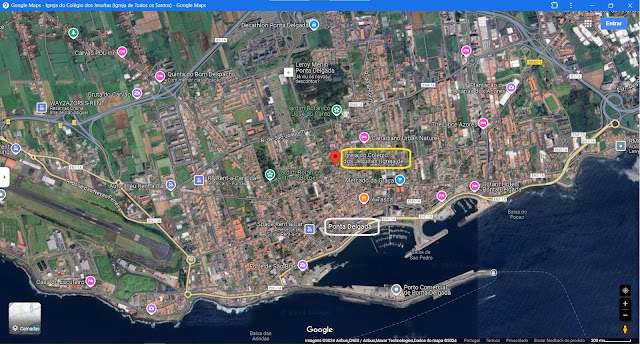


































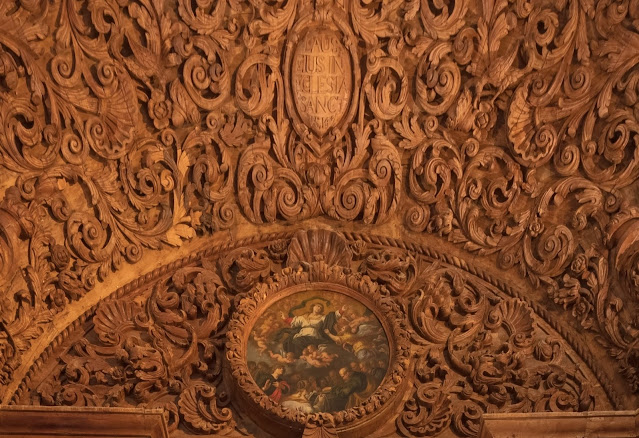




















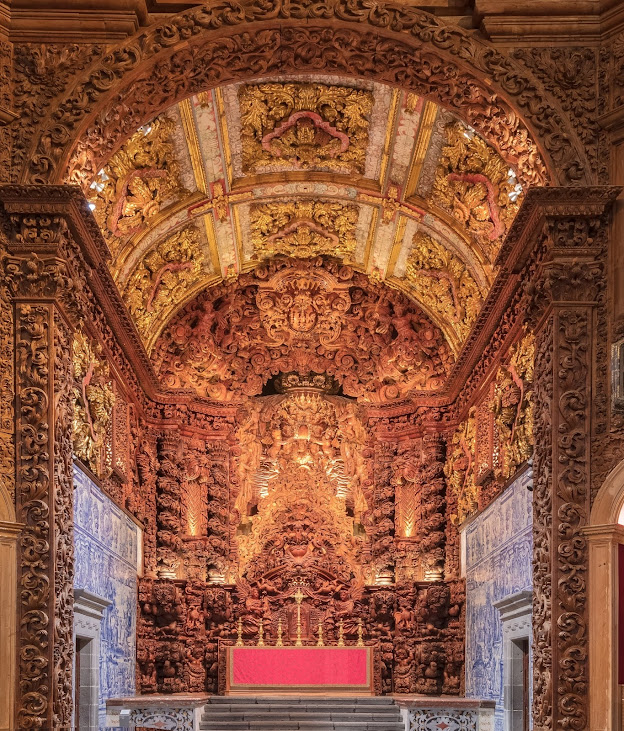
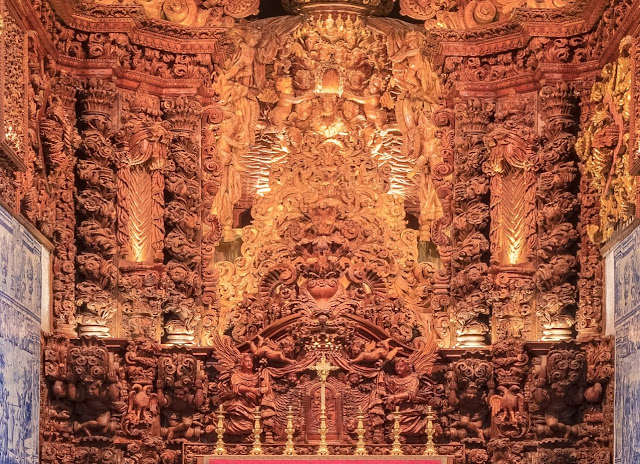





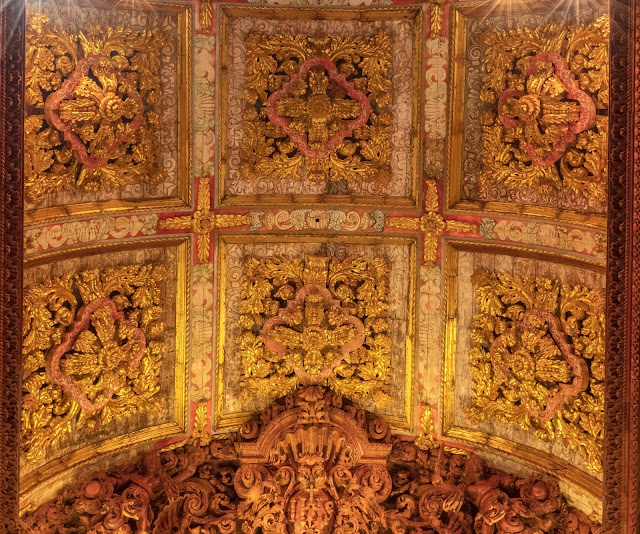













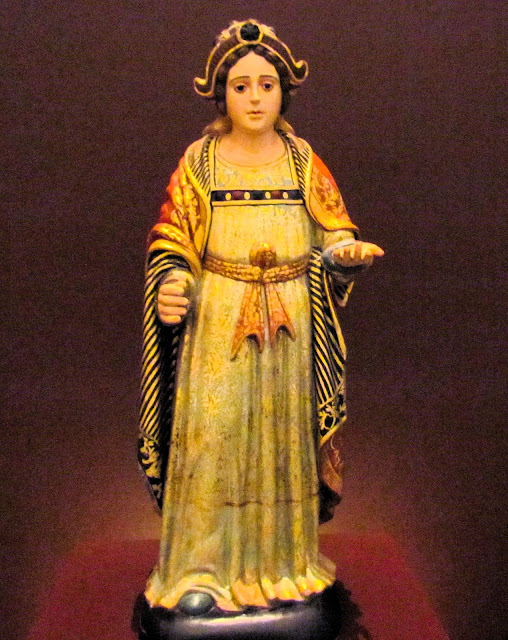

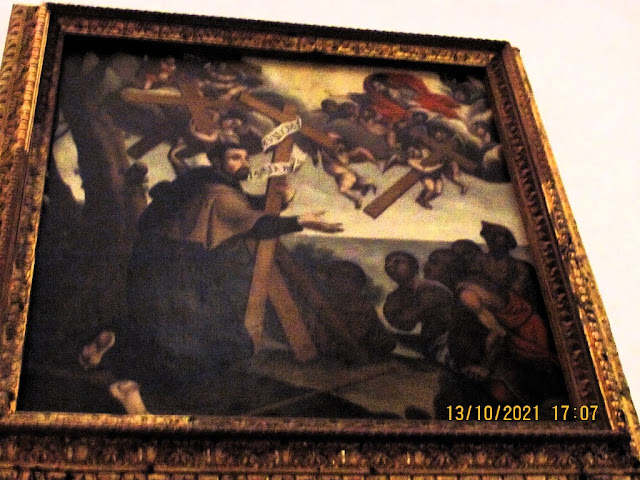

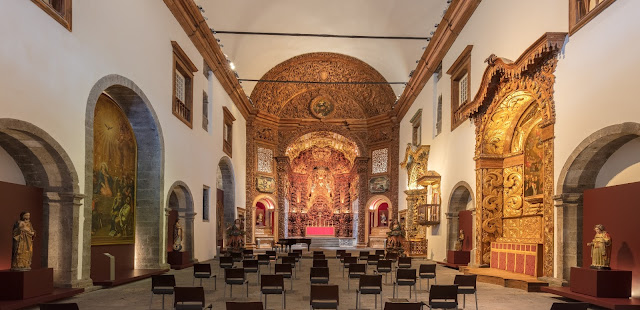













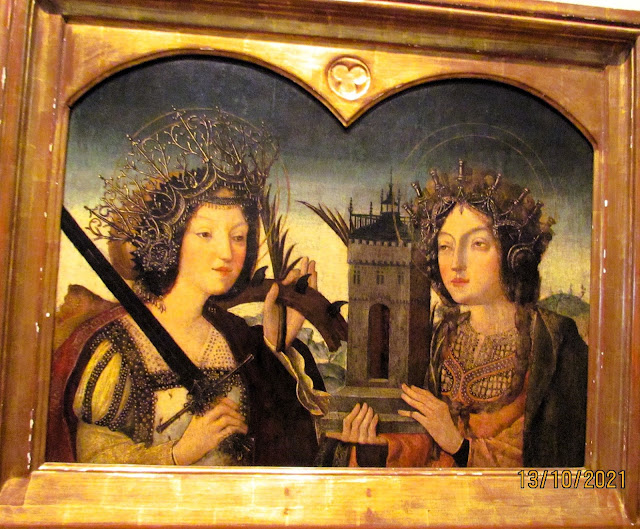
















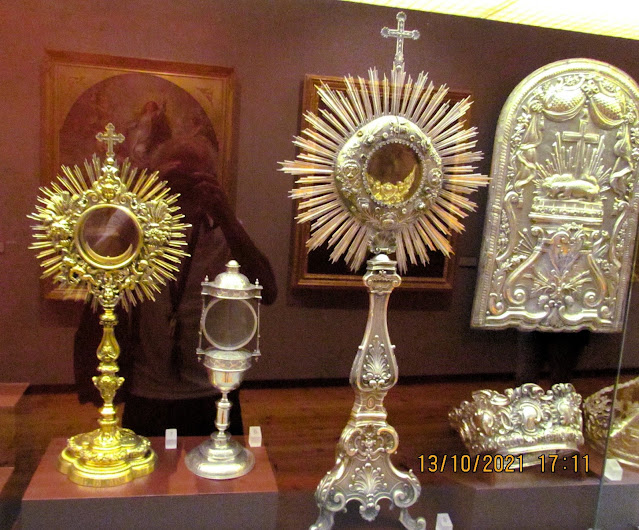



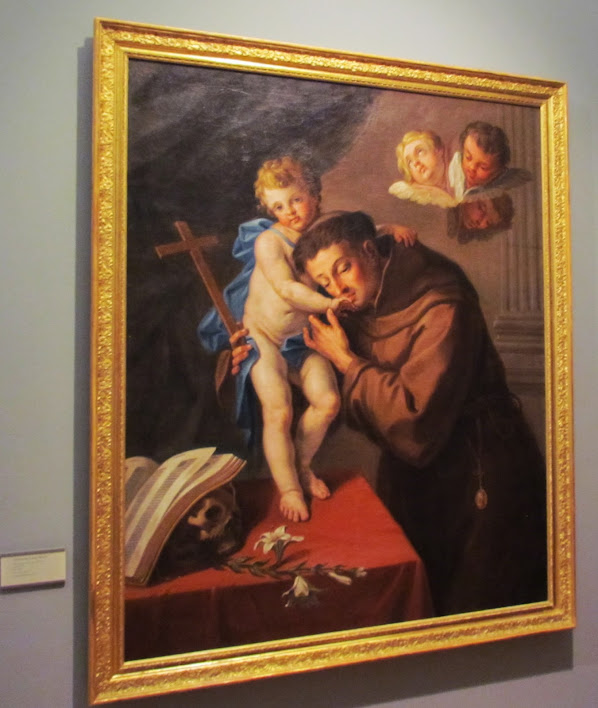


























































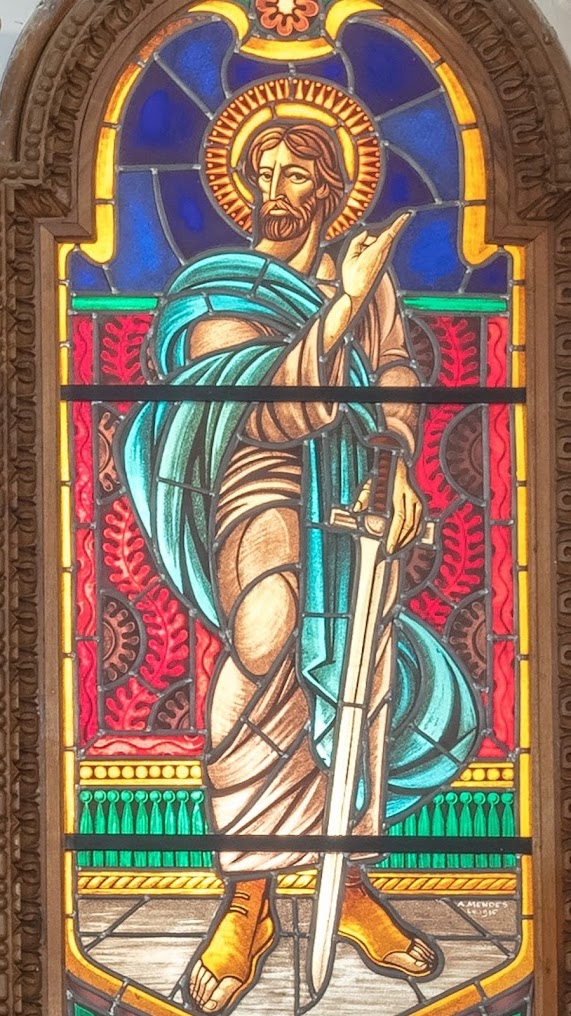










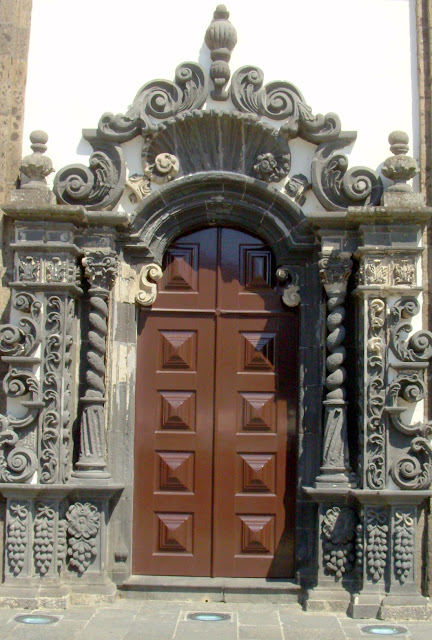


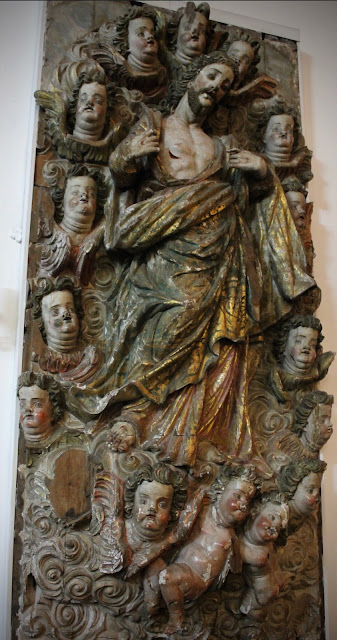


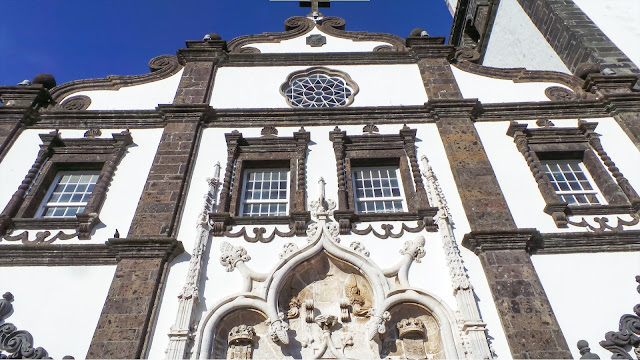





















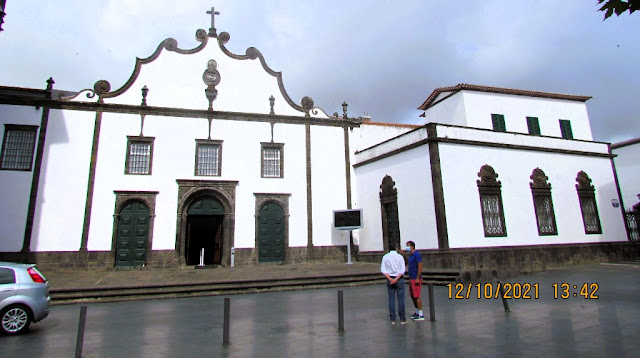
















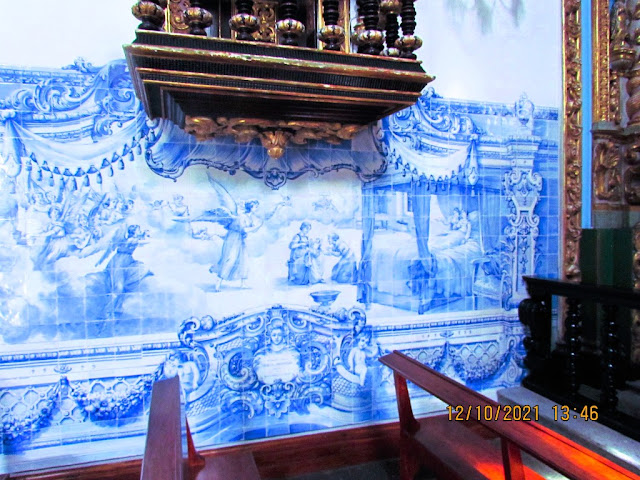







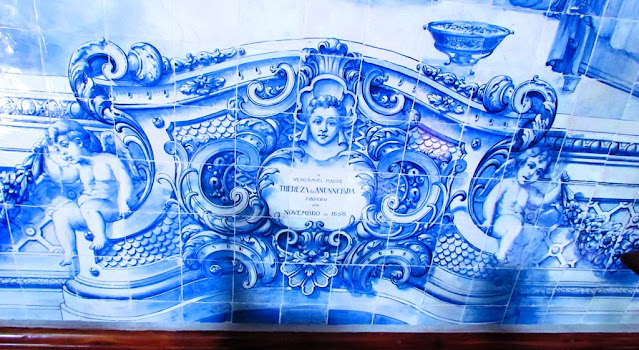




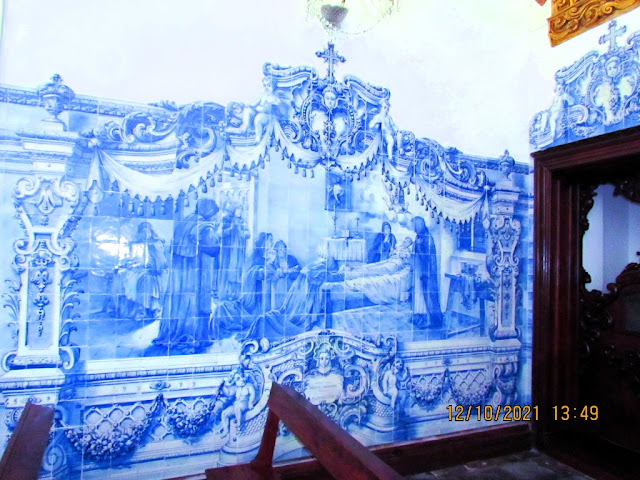



























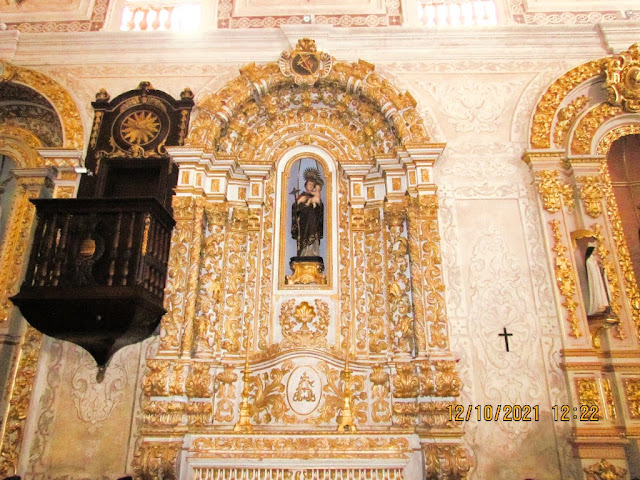



























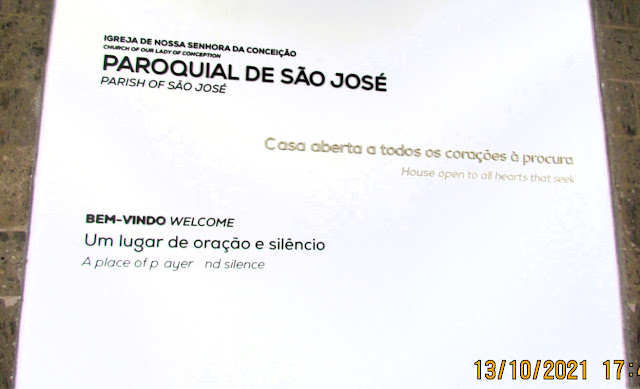



























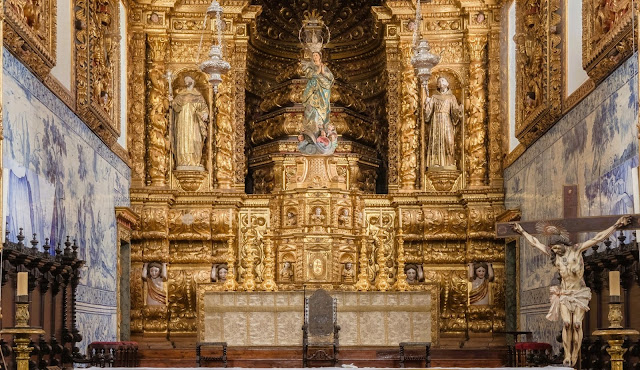





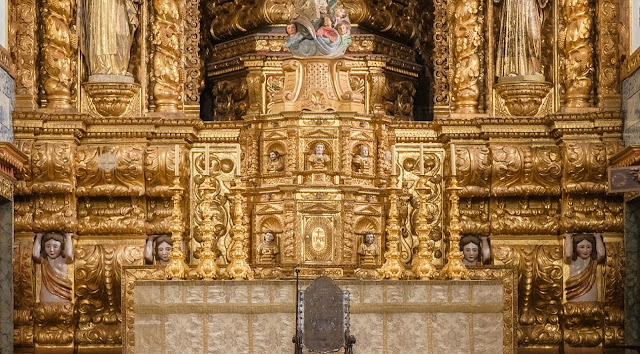










































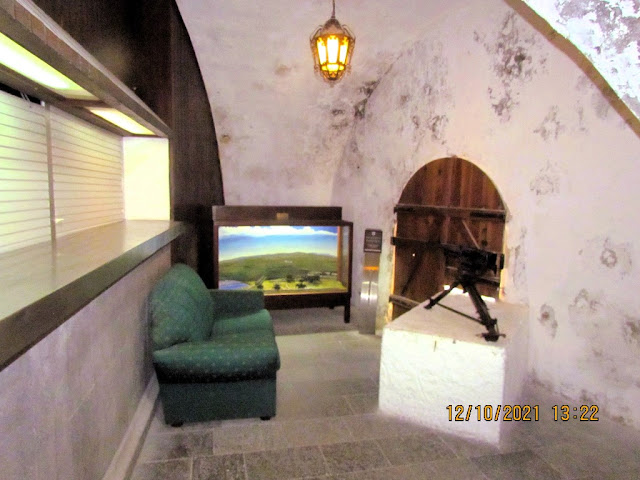
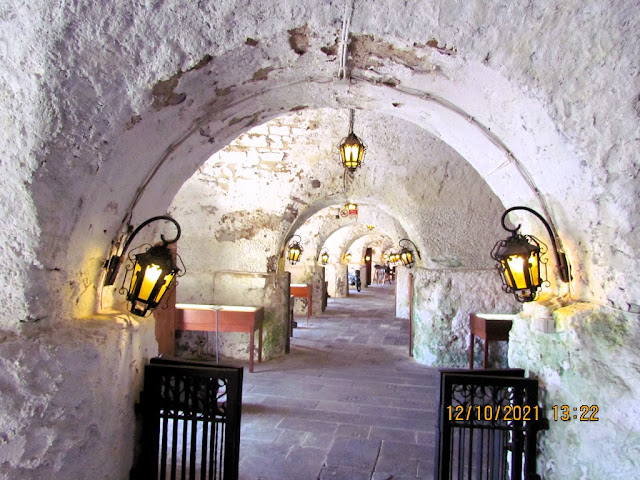

























No comments:
Post a Comment